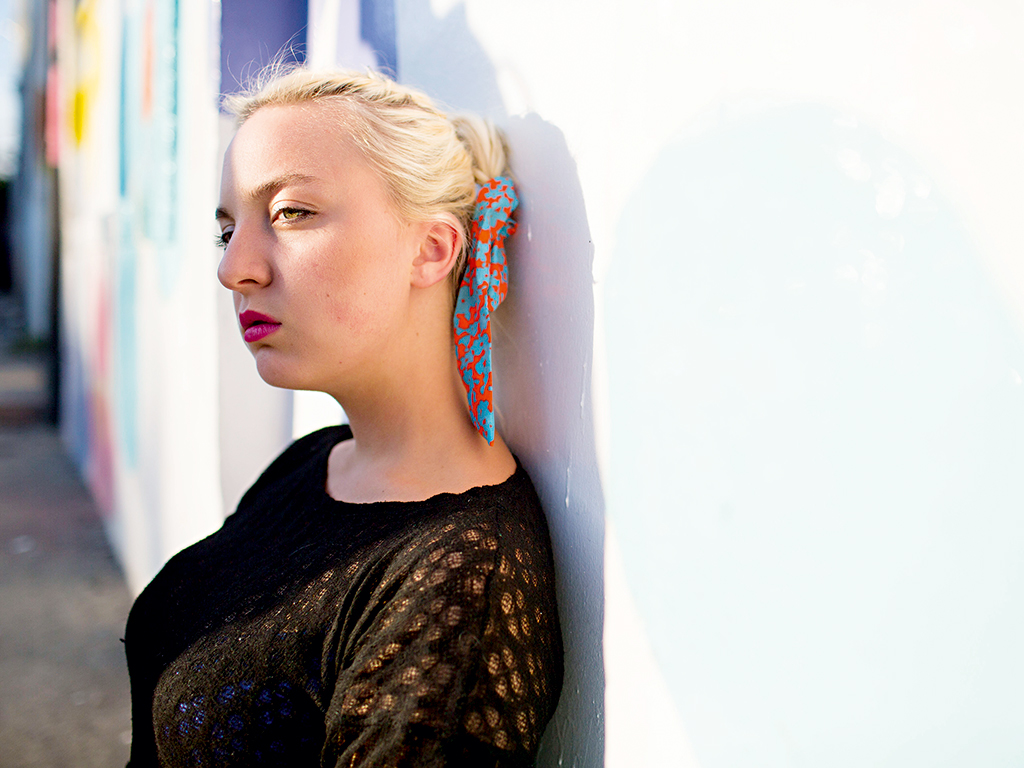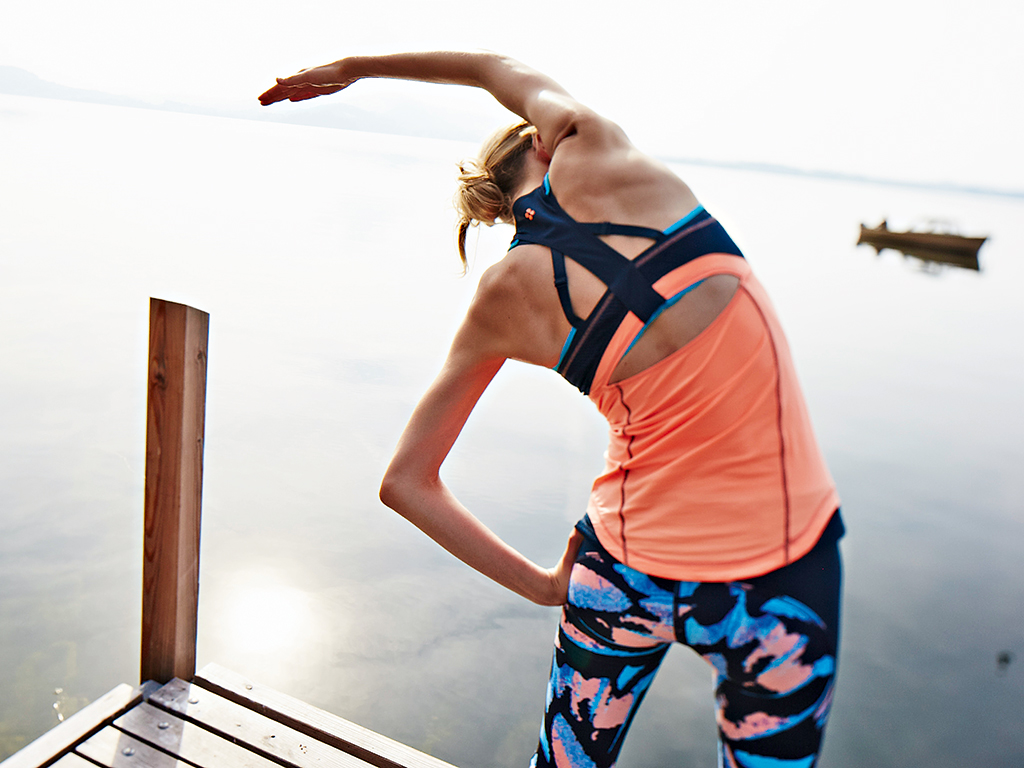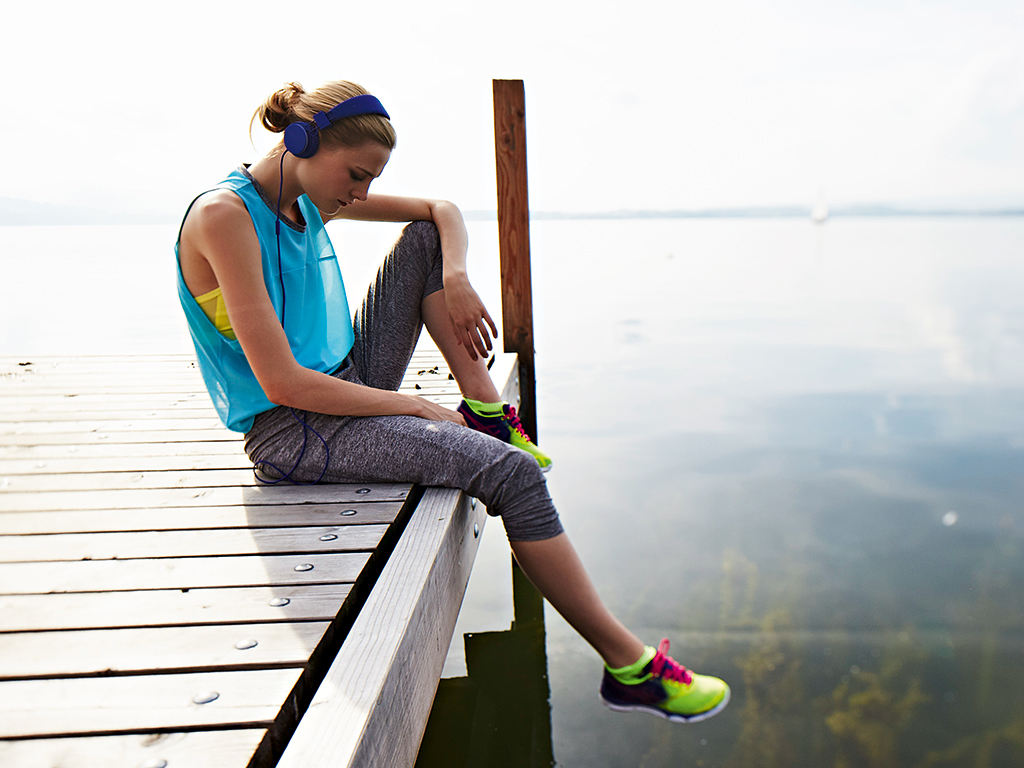
It took until the early 1980s for a woman clad in a French-cut leotard and legwarmers to spark the birth of the home video industry. Selling 17 million copies and spawning another 23 related titles, Jane Fonda’s Workout prompted millions of fitness enthusiasts and fashionistas alike to bring the gym to their living rooms, in the hope that they might one day become something close to Barbarella herself. And, while the title is best remembered for triggering the home video boom, it also gave rise to another, quieter and more colourful revolution – one that has outlived even the VHS tape.
Where once ‘working out’ was a pastime only for bodybuilders and aspiring athletes, the appearance of homemade crop tops, luminous headbands and belted thong leotards marked the beginning of a new era in which the fashion and fitness worlds would be inextricably tied together. Gym-goers, whose bags once contained nothing but an old T-shirt, shorts and a bottle of water, took a more fashionable turn, to the point where the gym of today resembles something close to a catwalk.
Store windows are still populated by mostly male mannequins and men still constitute 90 percent of the overall customer base
Blurring the lines
Turn to any corner of a modern-day sports shop and strapped across the chest, legs, bum and underside of every garment is a brand name or distinguishing pattern. Track tops and trousers featured heavily in New York’s fashion week, and will likely feature again in the remaining big three on the circuit. Gone are the days when exercise was merely a means of staying in shape, to the point where keeping fit is now something of a status symbol.
Studies into the phenomenon, conducted by NPD Group, show growth in the activewear sector has consistently outstripped that of the normal apparel market for at least three years. “It’s because consumers are wearing activewear not only to the gym, in the gym, and from the gym, but they are working out, going out, and even hanging out in activewear”, said Marshal Cohen, the group’s Chief Industry Analyst. “Retailers and manufacturers across the board know that activewear is active, and they all want a piece of the action.”
At an impressive 16 percent of the overall apparel market, activewear has played an important role in driving growth, which has clocked in at four, four again and one percent in each of the last three years. Looking at the sector in isolation shows exactly how it is buoying otherwise stagnant numbers, with growth at eight, 10 and seven percent in each of the last three years, and sales are expected to climb further still in the coming months. Whereas the 1980s gave rise to an enduring fashion trend, later developments amount to more of a lifestyle trend.
With the realisation that activewear will be well received by consumers in 2015, established high street brands are, increasingly, looking to claim a piece of the pie. Swedish retailer H&M launched H&M Sport at the beginning of last year, after the company took on the task of kitting out the UK’s Olympic and Paralympic teams. By choosing to climb on board the activewear bandwagon, the world’s number two clothes retailer can move away from the highly competitive budget fashion arena and bolster its bottom line with the higher price points that accompany the fitness sector.
There’s perhaps no other retailer that more clearly illustrates the opportunities in activewear than the Vancouver-based, yoga-focused Lululemon. And while the company has recently lost market share to larger competitors, the retailer’s transformation from little-known local store to $1bn retail giant is testament to the sector’s ascent.

The female angle
However, retail results have not all been positive, and an often-inhibitive ‘loungewear’ tag and an enduring focus on male-orientated segments has handicapped the activewear market somewhat. Granted, the sector has undergone some much-needed changes in recent years, but store windows are still populated by mostly male mannequins and men still constitute 90 percent of the overall customer base. Add to that an unwillingness to pursue practical and aesthetic changes with quite the same fervour in the women’s category as in the men’s, and it’s clear women’s activewear is lagging some way behind.
However, an emerging trend, wherein the lifestyle aspect of fitness is pushing its way to the fore, has given sports brands reason to believe a focus on the women’s segment will bring with it a boost to their bottom lines. Even sportswear colossus Nike has stated its intention to push into a fast-growing women’s segment, and believes a new line of women’s apparel will tack another $2bn onto annual sales before 2017. At 12 percent, growth in Nike’s women’s business far outpaced its overall top line growth – which stands at nine percent – and company heads believe it could realistically equate to 20 percent of revenues before 2016 is done, up from 18 percent in 2014.
The most important development in the women’s market, however, is not so much attributable to the likes of Nike and Adidas, but to a relatively small band of businesses whose focus falls heavily on the lifestyle and fashion aspect of activewear. New and emerging names such as Sweaty Betty, whose focus on fashion comes with a high price tag, and Fashercise, which started out as a fitness and fashion blog rather than a shop, are capitalising on an underserved women’s segment and challenging the male-dominated status quo.
“The fitness industry’s fashion element mostly speaks to women and most women love fashion”, according to Molly Fox, who began her career in 1979 with Jane Fonda’s Workout and has run Molly Fox Studios for the better part of 14 years. “Women are coming with their friends and want to look good in the mirror”, she says of her studio. “Also, our lifestyle is becoming more casual, and with great design and fantastic marketing, people are becoming more attached to brands.”
For too long, the women’s segment has been populated by baby blue and hot pink attire, but the introduction of new, fashion-forward companies has brought with it new growth opportunities and a more progressive retail strategy. Major names are partnering with major designers, as is the case with Adidas and English designer Stella McCartney, and independent labels are proving to major brands that there are untapped opportunities in women’s activewear.

As a result, choice in the women’s segment is no longer limited to a few simple garments, and the introduction of smaller brands has brought with it a much-needed boost to the sector, in terms of sales and, more importantly for the future, in terms of innovation.
Where once Jane Fonda introduced fashion to the gym, the gym has more recently introduced itself to fashion. With the activewear market slowly getting rid of its loungewear reputation and with more independent labels catering for women, the sector shows promise for the future as it continues to blur the boundaries between fitness and fashion.

